In 2015, former US President Barack Obama articulated: “We are not the last generation to experience climate change, but we are the last generation who can still do something about it.” This statement makes it clear that it is up to us to mitigate the effects of climate change. Sustainability affects both our personal and business lives and will increasingly shape our economic future.
We used to live in affluent societies without thinking about the consequences. Therefore, a substantial effort is now required on our part to protect our planet. The Earth Overshoot Day, the day when we consume more resources than the Earth can renew, is continuously moving forward. This highlights the need to stop and reverse this trend.
The figures are frightening: While on average the world has already consumed the resources of an entire year on 2 August this year, we in Germany required the equivalent of not one, not two, but a staggering three Earths as early as May 4th. Since it was first recorded in 1970, Earth Overshoot Day has come about 3 days earlier each year. Although the global COVID-19 pandemic has led to a temporary slowdown, the trend remains negative.
These findings are not new, and Obama‘s quote has also become widespread. However, it is also a fact that the more intensive social debate on climate change is leading to increased awareness. The majority of people are now demanding more sustainable products and services. The younger generation in particular is intensively concerned with this issue, as they sense that their future livelihoods are under threat.
Environmental protection and sustainability are also especially crucial in business. These aspects go beyond the mere image of a company and have a direct impact on long-term success and profitability. What many still underestimate: The integration of environmentally friendly practices and sustainable approaches offers numerous advantages that not only protect the environment but can make companies stronger.
Awareness
Almost every sector of the economy has already reacted and has now assigned special importance to sustainability. A few examples: There are ethical banks that do not speculate about food, have an eye on human rights violations, operate transparently and invest sustainably.
In some big cities, so-called zero waste shops have already established themselves, where you can buy unpackaged food without plastic packaging in reusable containers. In addition, recycled raincoats not only advertise waterproofness, but also emphasize their resourcesaving production by recycling raw materials in the sense of green supply chain management. These examples illustrate the growing social awareness of sustainability.
However, these companies also rely on profits in the long run and need the support of customers despite their laudable sustainability efforts. Available income and different consumption preferences significantly influence the ability to make “sensible“ purchasing decisions. Example: While spending on travel declined during the years of the Corona pandemic, other industries such as furniture and organic food benefited. The year 2020 led to a 22% increase in organic sales, while there was a 3.5% decrease in sales from 2021 to 2022.
Ultimately, consumers shape the market, their available budgets vary and their consumption habits change. This is something that companies must respond to in their procurement and supply chain management, especially considering that sustainable products often need to be offered at higher prices.
The Consumer
Let us take a closer look at the current tensions between the food industry and the retail sector. These disputes are not only present in trade journals, but also in mainstream news coverage, including broadcasts like the Tagesschau. On 21 October 2022, Handelsblatt reported: “Food companies plan price hikes while retailers block such out of fear of losing customers.“
Retailers are aware of consumers‘ price sensitivity: they employ strategies such as discontinuing well-known branded products or introducing new private label brands to pass on the necessary price increases to customers as gently as possible. On the other hand, the industry faces rising costs for raw materials, energy, and logistics, which they must pass on to retailers through corresponding price adjustments.
These cost increases are, not least, a consequence of the Ukraine conflict and therefore understandable. The result is a real price increase of 11% for food between July 2022 and July 2023. This development particularly affects the poorer segments of the population. Recently, the discount retailer Penny launched a campaign in which nine products (mostly meat and dairy products) were labeled with the “actual cost.“ What does this mean? This “actual cost“ takes into account not only production, packaging, and transportation costs but also environmental and health damage caused by production. The resulting price adjustments were determined by the University of Greifswald and the Technical University in Nuremberg
At this point it becomes clear that a change in awareness for sustainable products is not enough. Sustainable products must also be affordable. Otherwise, only a few people can afford more sustainable products, which in turn runs counter to climate goals.
The Industry
In the procurement departments of retail chains, the question arises of whether the price increases requested by the industry for products, or the supply chain are justified. To what extent do the costs of raw materials, energy, and logistics actually affect the respective product? Or does the industry exploit the resulting uncertainty to generate additional profits in this situation?
On August 10, 2023, Gabor Steingart titled his Morning Briefing as “The Dirty Tricks of Food Corporations.“ He points out the disparity between the price increase rate for food and the general inflation rate in July 2023: While food prices rose by 11%, the general inflation rate stood at 6.2%.
This raises the allegation that the industry is using inflation as a pretext to obscure their true intentions, primarily to maximize their profits. This specific example illustrates how unclear situations in the market economy are often leveraged to implement disproportionate price increases. This happens despite the knowledge of all calculation factors, ranging from raw materials to logistics costs. The “new“ costs sustained for a more sustainable production are still vague and cannot be attributed to previous cost trends. This creates room for calculation and concealment for industry.
Purchasing and Supply Chain Management
In addition to environmental impacts, sustainable purchasing practices can also strengthen a company‘s image. Consumers today are more aware and demanding about the origin and production conditions of goods and services. A company that actively promotes environmental protection and follows sustainable business practices can gain the trust of customers and stand out from the competition. Sustainability can thus lead to positive perceptions and customer loyalty.
In addition, sustainable supply chains also offer opportunities to increase efficiency and minimize risk. Identifying and working with reliable suppliers who adhere to high environmental and social standards reduces the risk of supply chain disruptions that could be caused by environmental crises or social instability. Integrating sustainability criteria into the purchasing process enables companies to identify potential risks at an early stage and take preventive measures.
Last but not least, sustainability in purchasing and supply chains can also offer financial benefits. By optimizing resource use and energy consumption, companies can reduce costs. Reducing waste, energy and water consumption can lead to significant cost savings and increase long-term profitability. In addition, sustainable companies are often seen as attractive partners for investors and business partners, which in turn can facilitate access to capital and partnership opportunities.
In an ideal world, purchasing and supply chain management are key to the comprehensive implementation of sustainability goals. Simply put, the power of purchasing lies in determining which supplier should deliver the products or services needed. Purchasing sets standards and quality requirements that suppliers must meet. However, these standards must be extended to include clear sustainability goals that qualify the potential supplier to participate in the tender.
So much for the theory. What purchasing fundamentally needs, however, is a clear guideline that specifies which sustainability goals suppliers should achieve in which product category and within which timeframe. We often experience that this guideline, which has to be developed in cooperation with different business management departments in the company, is missing. The sustainability goals that are given to the suppliers as a prerequisite must be defined in advance under the leadership of purchasing in coordination with sales, marketing, production and top management. Once these goals are clear and defined in writing for each product category – for example, reducing the carbon footprint in production and simplifying the supply chain by European manufacturers – it must also be clarified how the achievement of these goals will be measured.
Measuring the achievement of goals can be a challenge. For example, how is purchasing supposed to objectively evaluate a supplier‘s claims of alleged CO2 reduction compared to the competition? And it must also be ensured that greenwashing on the part of the supplier is ruled out so as not to jeopardize its own reputation. The main task of purchasing lies in the last step of the process: the intensive and final negotiation of an appropriate price for the actual costs incurred by the sustainability of the product.
The above explanations make it clear that the industry can and will exploit the existing opacity regarding the new sustainability costs to its own profit advantage. A new way of managing costs is needed to analyze these cost trends in purchasing and the supply chain. Traditional cost or value engineering is based on existing historical databases and includes costs for raw materials, production, packaging and transport.
To adequately map the costs of sustainability, we need a differentiated representation, for example of the carbon footprint during production or in the supply chain. We are talking about module sustainability engineering here,
in order to be able to map the components of the cost structure of sustainable products on the software side with the help of newly developed databases.
In short, it is the task of purchasing and supply chain management to specifically control the sustainability efforts of suppliers in the sense of their own company, to make them measurable and to negotiate cost-efficiently in order to make the products affordable for end consumers.
It is worth noting that this consideration is focused exclusively on the B2C (consumer) sector. In the B2B sector, the requirements and tasks of purchasing and supply chain management are almost identical. Here, however, it is not the declining consumer acceptance of excessive prices that leads to problems, but rather the competitiveness of companies on the international market. If cost structures have not been optimized by purchasing, this can be lost. In any case, there is a lot at stake.
Conclusion
In summary, it shows that environmental protection and sustainability in corporate procurement and supply chains are not only morally imperative, but also a smart business strategy. Companies that embrace sustainable procurement and supply chain management can benefit from increased customer confidence, improved risk management, efficiency gains and financial advantages. At a time when environmental issues and social responsibility are increasingly in the spotlight, integrating sustainability into business practices is a step in the right direction for long-term success and a positive future. It is important to note:
1. There is a social demand for more sustainable products. At the same time, however, more sustainable products also mean higher manufacturing costs.
2. The associated price increases are opaque for the purchasing department. Non-transparent calculations bear the risk that suppliers not only pass on the actual cost increases due to sustainability, but also include additional profits in their calculations. In order to make sustainability affordable or to purchase at minimum cost, purchasing must be strengthened and supported. Purchasing should become the driving force for sustainability at minimum cost.
3. Professional purchasing uses the knowledge from cost management to determine the manufacturing costs of a product even before negotiation targets are set or negotiations are even started. Modern product costing software now allows manufacturing costs to be calculated with 95-98% accuracy, providing the best arguments for negotiations. Combined with negotiation expertise based on game theory, the results of significant negotiations can be optimally secured. This approach now needs to be complemented with Sustainable Engineering to track the costs of developing sustainability in equal detail. From Sustainability Supplier Day to the analysis of prices for specific processes to the measurement of carbon footprints, new tasks lie ahead for procurement to untangle the opaque cost increases associated with sustainability.
4. For the above reasons, more intensive negotiation will be required, which will place considerable demands on purchasing. The industry will pass on the cost increases for sustainability. Purchasing will have to make sure that the requested price increases only include the actual costs for sustainability and do not mean hidden additional profits. This will increase the number of negotiations rounds as well as the need to build up alternative suppliers. Companies will therefore initiate targeted “cost reduction projects with regard to sustainability goals“ in the future, similar to the well-known internal company projects for general cost reduction.
Sources:
- Obama quote – https://www. tagesspiegel.de/politik/wir-sind-dieletzte-generation-die-etwas-gegenden-klimawandel-tun-kann-4423192. Html
- Data Overshoot Day – https://www.tagesschau.de/inland/erdueberlastungstag-ressourcen-102.Html
- Development Global:https://de.statista.com/statistik/daten/studie/1032598/umfrage/globalererdueberlastungstag/
- Graph Development Earth Overshoot Day Example Statista: https://de.statista.com/statistik/daten/ studie/1032598/umfrage/globalererdueberlastungstag/
- Ethical banks, overview of the best 6 10.5.2023 – www.utopia.de
- Zero Waste shops, 17.5.22 – www. tip-berlin.de
- Organic food sales in Germany 2000 to 2022, Statista 2023
- Development of raw material, energy and logistics costs, Federal Statistical Office























